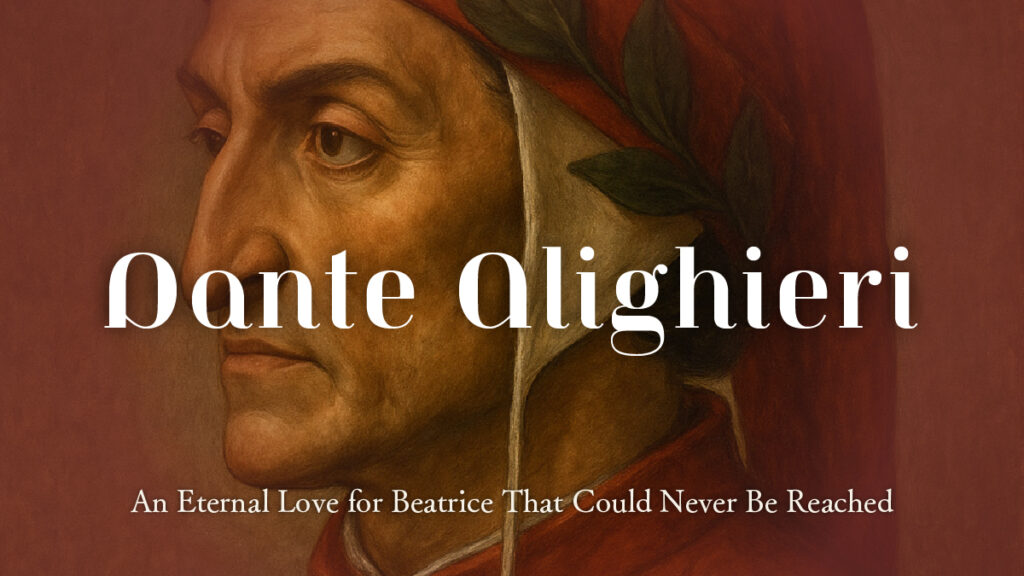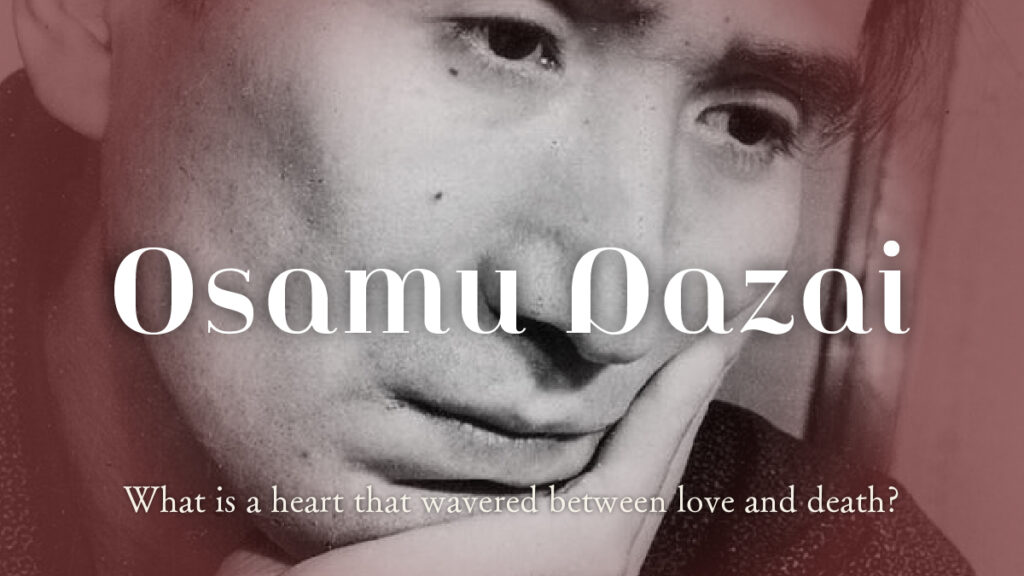Joan of Arc’s View of Love|What Was the Pure Faith of the “Miracle Maiden of War”?
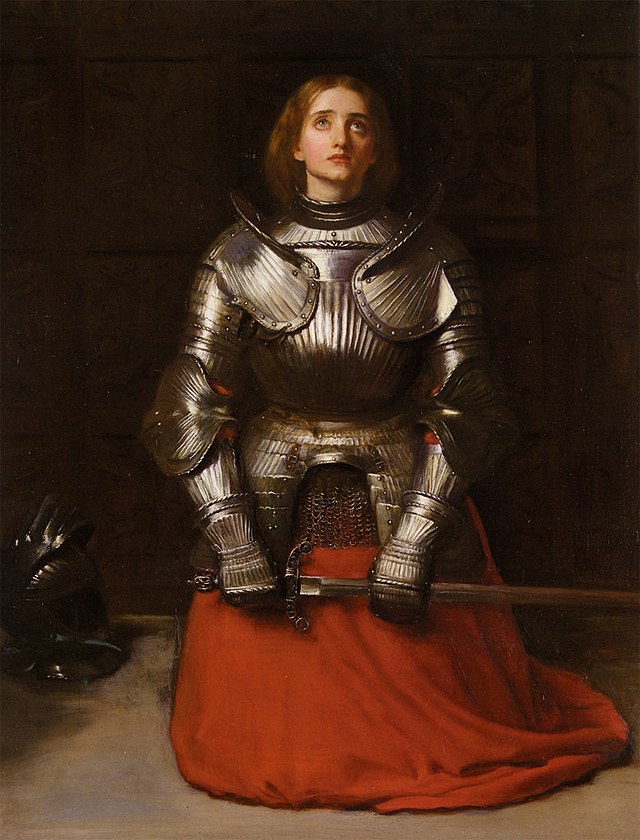
The mist along the Loire River of France would creep slowly across the fields at dawn, before dissolving into the morning light.
In the fifteenth century, one young girl gazed upon that same landscape.
Joan of Arc.
Later, people would call her the “Maid of Orléans,” a miracle of the battlefield.
Yet behind that title, there must have been the hidden heartbeat of an ordinary girl, known to no one.
Faith and love.
Purity and desire.
Perhaps such contradictions collided silently in the depths of her heart.
From here on, let us listen carefully to the silence of history,
to search for another face of Joan—
the unspoken shadow of “love” that may have lingered close to her heart.
A Girl Raised by Family and Soil
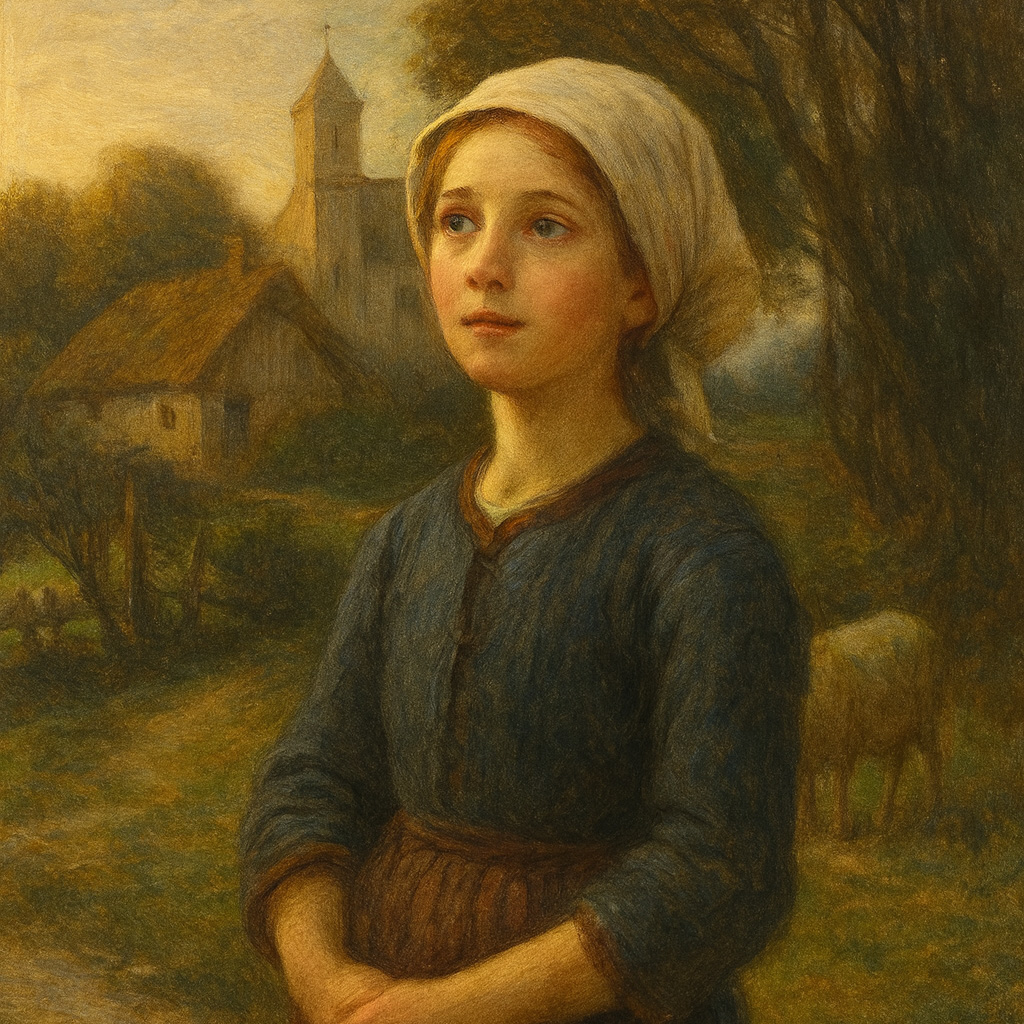
Born in a Quiet Village Morning
In 1412, in the small village of Domrémy in eastern France, Joan of Arc was born.
Her father was a cautious farmer, her mother a pious woman.
The family was neither rich nor destitute; their life simply breathed with the cycles of the seasons.
The fields were the children’s playground, and the flocks of sheep a living clock that marked the hours.
Though she could not read, she quickly learned the words of prayer.
At Sunday mass, when the bells rang and the air filled with incense, she felt as if the whole world itself were quietly in prayer.
Villagers called her “a diligent girl,” and that simple, earnest nature shaped her outline from childhood.
Days Shadowed by War
It was the midst of the Hundred Years’ War.
Yet to a child’s eyes, the green fields and the bustle of harvest festivals seemed far more real than the distant conflict.
Still, when a line of soldiers passed, her mother would pull Joan firmly closer to her side.
The shadow of war brushed the very edges of the village.
Even in such unease, daily life went on.
Sharing leftover bread with an elderly neighbor was not an act of special charity for Joan, but a natural part of her everyday life.
At a village festival, she may have exchanged glances with a boy her own age.
But no record remains that such a moment ever blossomed into love.
The Girl Who Heard the Voice of God
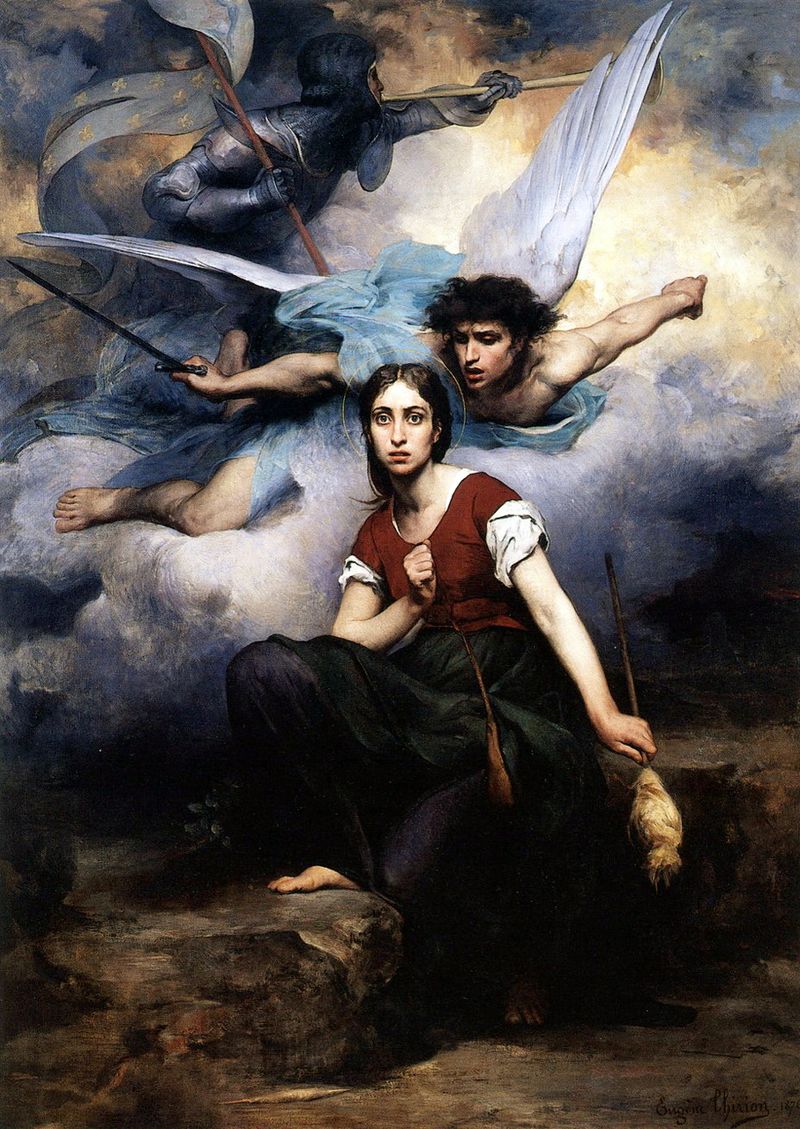
A Revelation to a Village Maiden
t thirteen, Joan of Arc was walking alone on the outskirts of the village.
The summer sun pressed heavily upon her shoulders, and the air shimmered with heat.
It was then that she heard the “voice of destiny.”
The Archangel Michael, Saint Catherine, and Saint Margaret appeared and spoke:
“Save France. Crown the Dauphin Charles as king.”
Was it a vision, or a divine revelation? A thirteen-year-old girl had no way to know.
Yet the voice etched itself into her heart, never fading, and would later be recorded in trial documents.
As she worked the fields and tended the sheep, she kept the secret buried deep inside.
Her gaze began to drift toward distant horizons, and her prayers carried a new intensity.
At night, lying upon her straw bed, she wavered between two thoughts:
Was she chosen, or merely a dream-filled girl?
In that space between, she drifted into sleep.
The Road to the Dauphin
By sixteen, the voice pressed upon her with greater urgency:
“Go to the Dauphin. Save France.”
At last, Joan left her village and went to Robert de Baudricourt, lord of Vaucouleurs.
At first, he dismissed her words as nothing more than a girl’s fantasy.
For most, the story would have ended there.
But Joan did not give up—she returned after winter, her resolve unbroken.
Sincerity has its own power to move hearts.
Townsfolk and soldiers began to support her, until even the lord lent her his ear.
Dressed in rough traveling clothes and disguised in men’s attire, she set out to meet the Dauphin.
In the spring of her seventeenth year, at Chinon Castle,
the Dauphin tried to test her by hiding among his courtiers.
But Joan is said to have recognized him at once.
“You are the one who must be King of France.”
With that single phrase, the air in the hall shifted.
The tale of a village girl ended, and the legend of a maiden like fire began.
A teenager untouched by love now walked forward, bearing the fate of a nation.
The Maiden Who Stood on the Battlefield
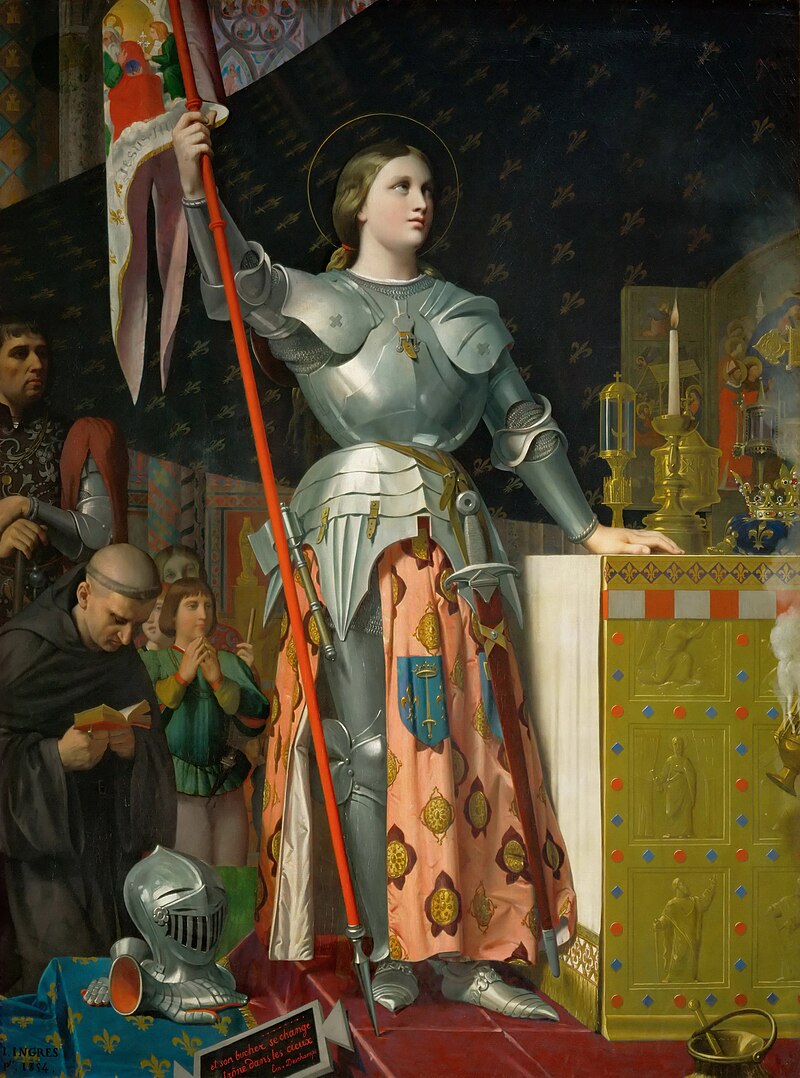
The Face Hidden Beneath the Armor
At seventeen, Joan of Arc finally donned armor.
Holding a white banner high, she stood at the head of the soldiers—
a figure so extraordinary that some said she looked like a vision stepping straight out of legend.
She herself did not wield a sword.
Yet her very presence lit a fire in the hearts of the men.
“The Maid of God leads us!”
The fervor transformed the war-weary French army,
and soon the long siege of Orléans was broken.
How did the soldiers see her, clad in armor?
Amid the clamor of battle, she cried out prayers in her youthful voice,
her body caked in mud but her eyes never turning away.
By the campfires at night, when laughter and crude jokes filled the air,
she never joined in, never let her purity be dimmed.
That distance became both reverence and a kind of fragile longing.
“Untouchable, yet impossible to look away from”—
such was her presence, shining all the brighter in the heart of war.
Between Faith and Love
With each victory, Joan of Arc’s fame spread further.
When she crowned Charles at Reims, she was only eighteen.
The crowds proclaimed it a miracle of God,
but Joan herself never forgot she was still a farmer’s daughter.
Among soldiers and generals, some hailed her as a saint,
while others whispered of her as a dangerously captivating young woman.
Her choice to wear men’s clothes was both a shield for her chastity
and a defiance of the lines that divided gender.
No record exists of her giving her heart to anyone.
And yet, before the glow of the campfire,
surely some soldier must have felt his chest tighten as he watched her face.
Perhaps she pretended not to notice.
Perhaps she truly did not.
But even as she gave herself wholly to faith,
the heart of a nineteen-year-old girl still beat within her.
She lived always on that narrow line between devotion to God
and the undeniable pull of human feeling.
The Maiden Taken Captive
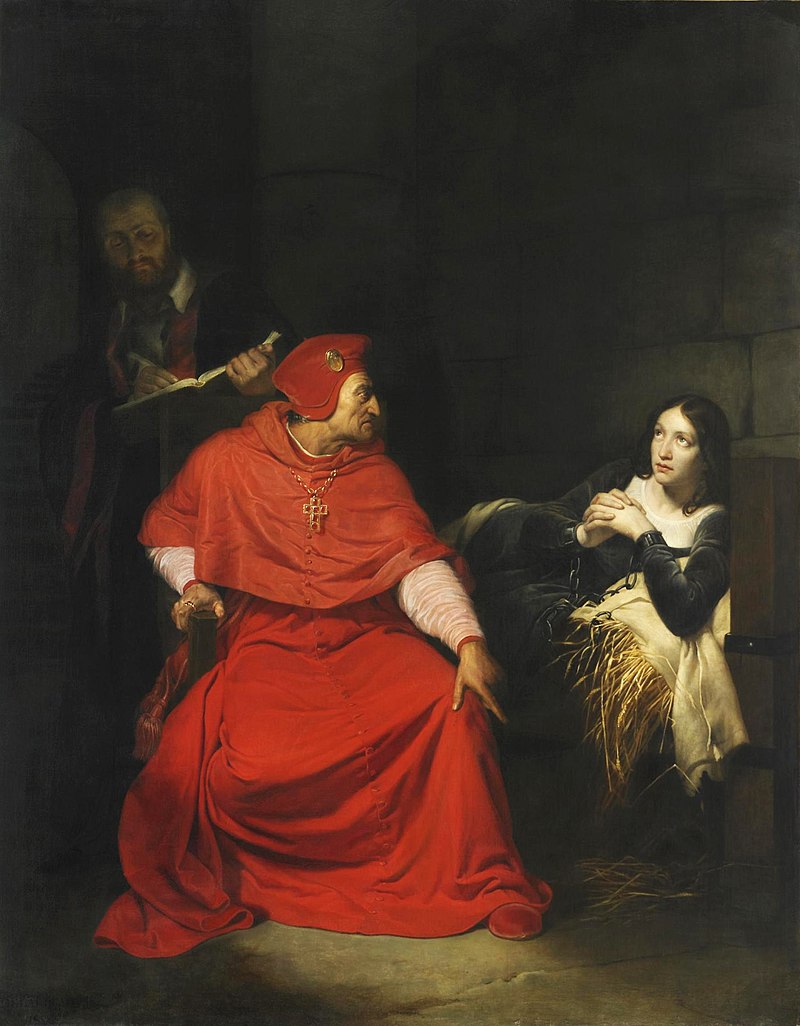
Condemned for Her Attire, Judged by Their Eyes
In 1430, during the battle of Compiègne,
Joan of Arc was captured while covering the retreat of her troops.
She fell into the hands of the Burgundians,
and was soon sold to the English.
The banner and sword that had carried her to victory were gone.
In the cold of a prison cell, she stood only as a nineteen-year-old girl
beneath the piercing gaze of men.
She was ordered to put on women’s clothing, but refused.
To her, this was not mere stubbornness: it was loyalty to the voices of God,
and a barrier to protect her own purity.
“Too pure to approach”—
even enemy soldiers admitted it.
Her youth and resolute dignity silenced the baser instincts of those around her.
The Trial of Injustice
The trial at Rouen was a performance with its ending already written.
The judges were churchmen bound to the English,
and Joan of Arc was denied even the right to a lawyer.
A nineteen-year-old girl was surrounded by grown men,
masters of law and theology,
forced to face them with nothing but her words.
She could not read or write.
Knowing this, the men pressed confessions before her,
tricking her into signing declarations she could not understand.
What they presented as repentance was a snare,
a document designed to drag her once more into the pit of heresy.
Her devotion, expressed in the wearing of men’s clothes,
was twisted into a charge of sin:
a woman pretending to be a man.
In the courtroom, the question was never truly about the voices she had heard.
Instead, again and again, they demanded:
How should a woman be punished for daring to stand beside men in battle?
“Let women stay in the home. Let them not defile the world of men.”
Such unspoken prejudice lurked beneath their cold robes of authority.
Joan sometimes wept.
Other times, her quick, luminous answers silenced the inquisitors.
But the verdict was fixed from the beginning.
The men sought not to save her,
but to crush her spirit and extinguish her voice in fire.
Nineteen Years and the Final Chapter
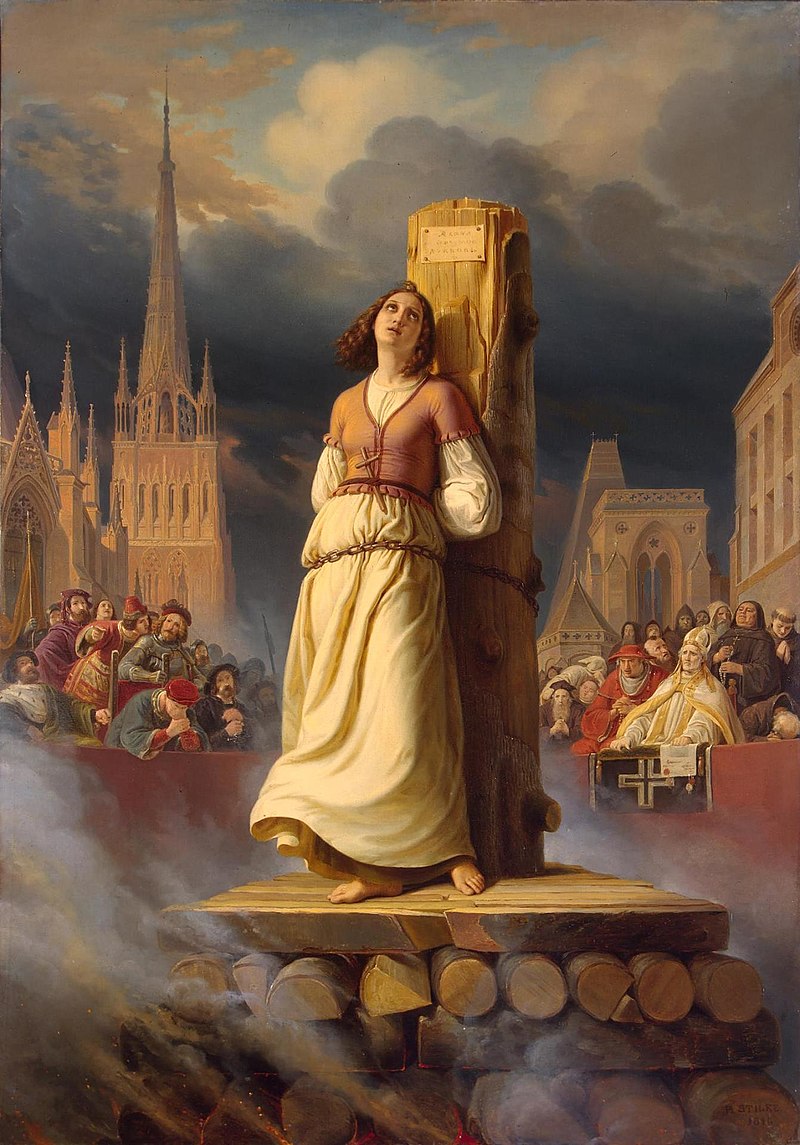
A Prayer Consumed by Flames
At nineteen, Joan of Arc was condemned to death by burning.
Clad in white, surrounded by a sea of onlookers,
she prayed until the very last breath.
The flames devoured her body without mercy,
but her voice did not falter.
It rose in desperate appeal, directed only toward Christ.
Her ashes were scattered into the Seine,
her body erased from the earth.
Yet what endured was not the mark of a heretic,
but the memory of a martyr.
Her death did not smother faith in silence.
Instead, it spread as a fire of hope through the hearts of those who witnessed it.
Justice Beyond the Grave
Decades later, France would secure its independence.
Twenty-five years after Joan’s death, a retrial was held.
Her mother, Isabelle, stood before the court.
With tears, she pleaded:
“My daughter was unjustly condemned.”
Her voice shook the hearts of the people,
and even the judges were moved.
At last, Joan of Arc was declared innocent.
The girl buried in the darkness of injustice
was restored to the light of truth—
a vindication born of a mother’s grief and love.
Centuries later, the Church canonized her as a saint.
The nineteen-year-old who perished in flames
did not vanish into ashes.
She became an enduring symbol,
a name spoken as long as faith and courage are remembered.
The Shape of an Untold Love
In the life of Joan of Arc,
there is no trace of romance.
At nineteen, it would have been natural to feel one’s heart quicken for someone.
But the chronicles are silent.
What defined her instead was her chastity,
her fierce defense of purity,
and the unwavering faith she carried to the very end.
She did not enter memory because she lacked love.
Rather, she transcended it—
a devotion greater than desire,
an offering beyond the reach of earthly passion.
And yet, one cannot help but wonder.
Had she laid down her armor,
had she remained simply a daughter of Domrémy,
what kind of love might she have known?
That question will never be answered.
But perhaps it is the very silence,
the unspoken space where love might have been,
that keeps her forever in our minds as the Maid.


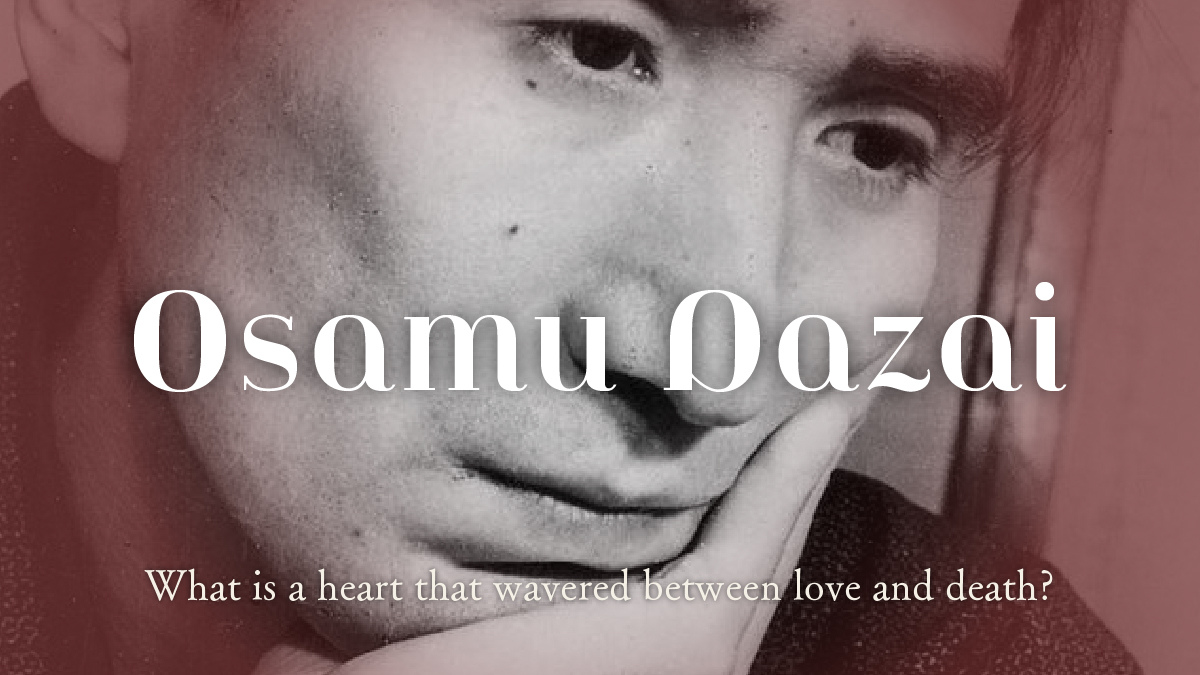


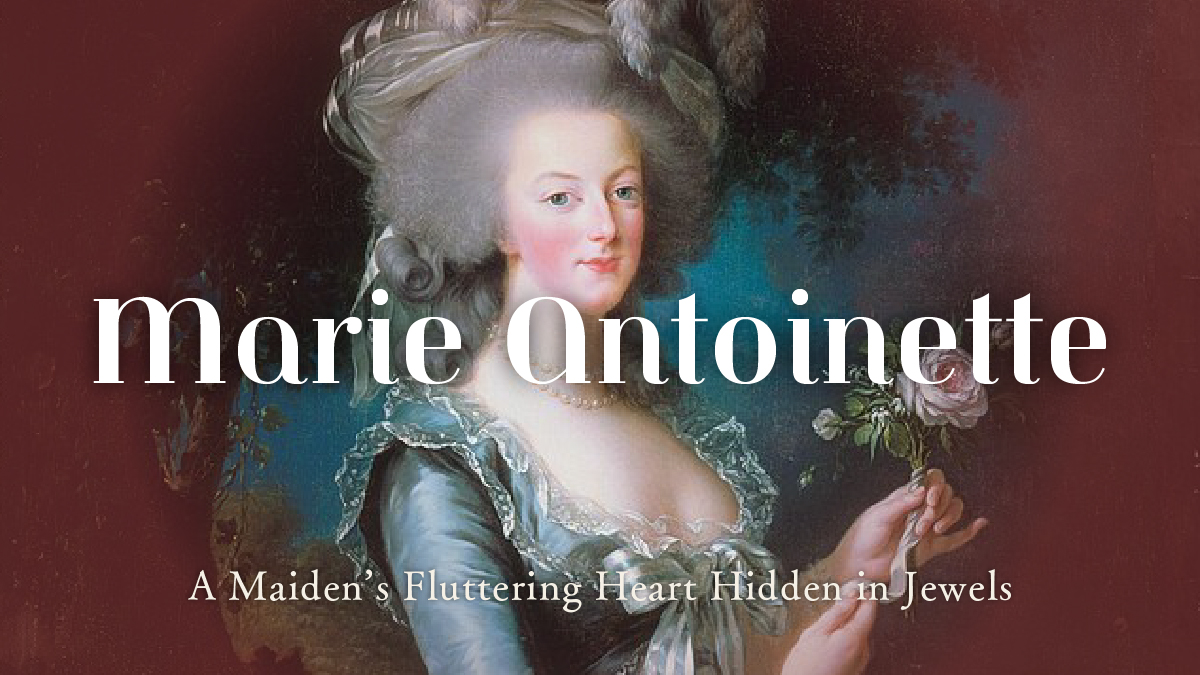
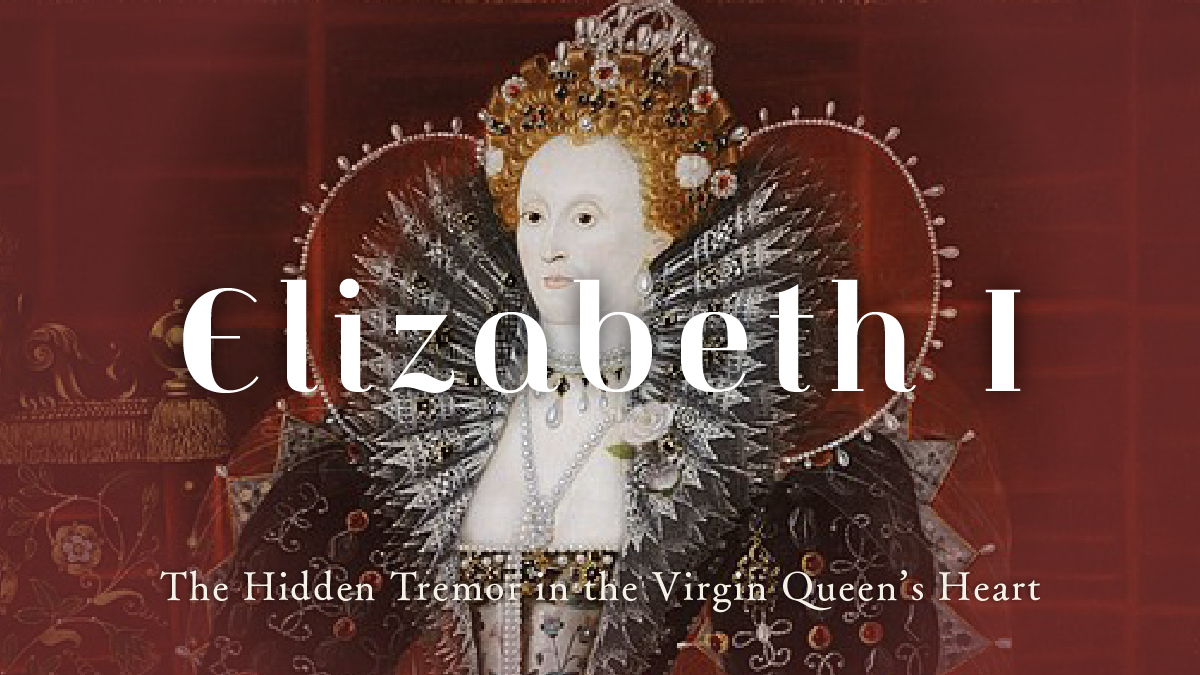
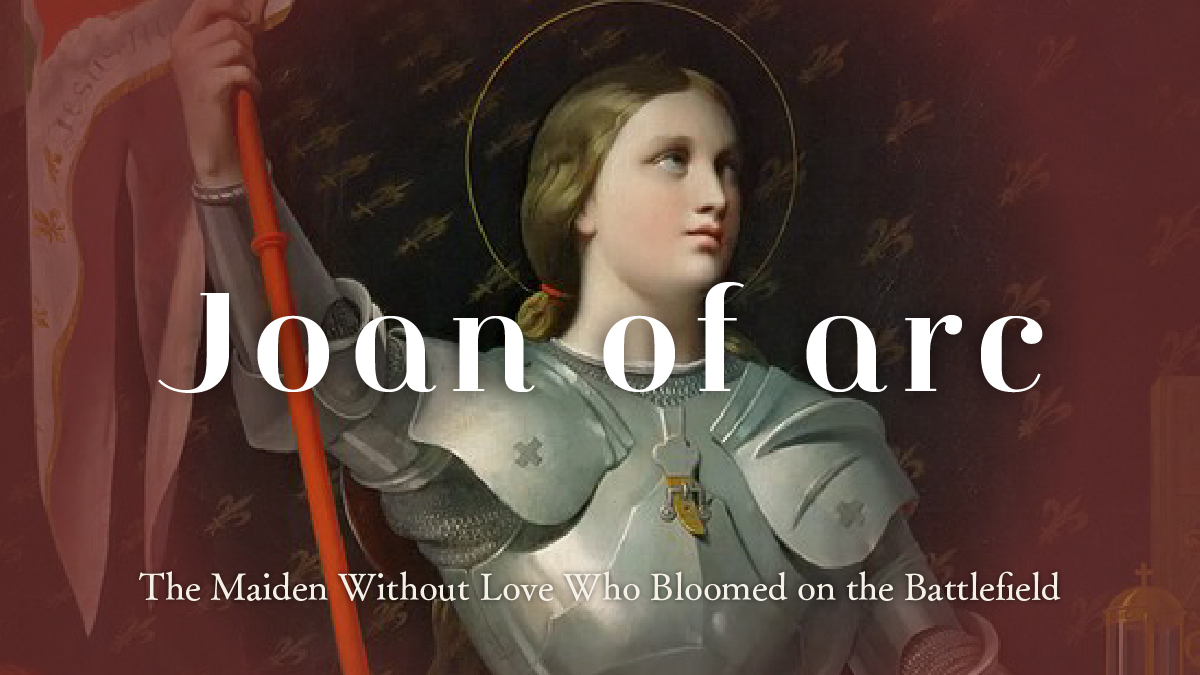




 日本語
日本語





